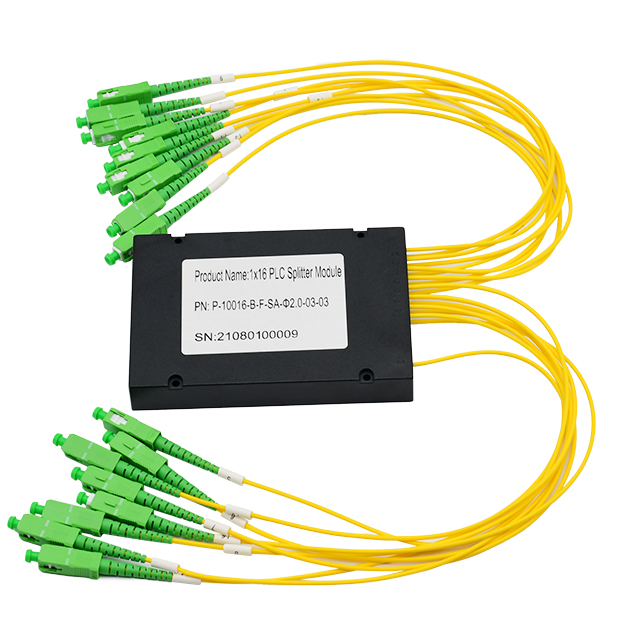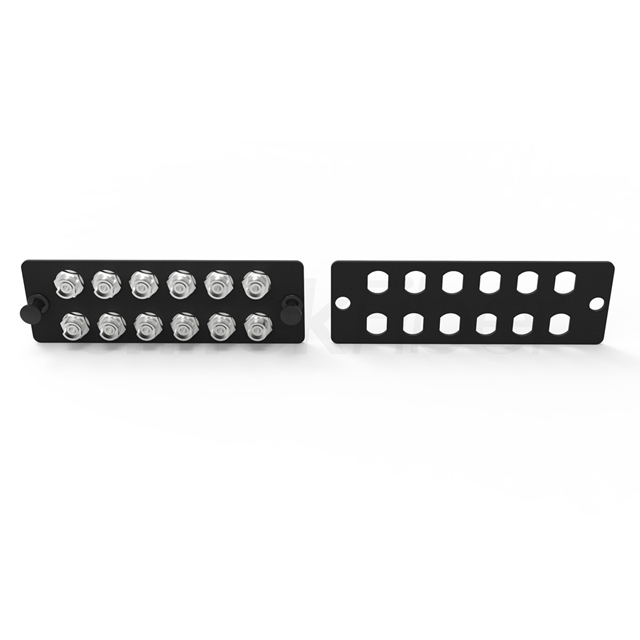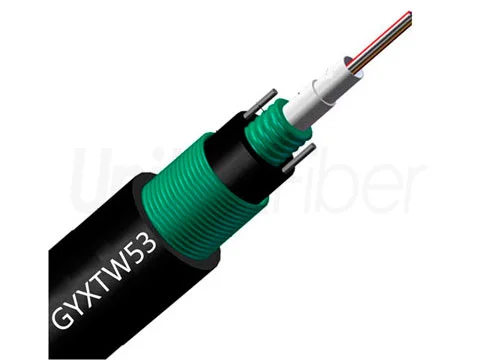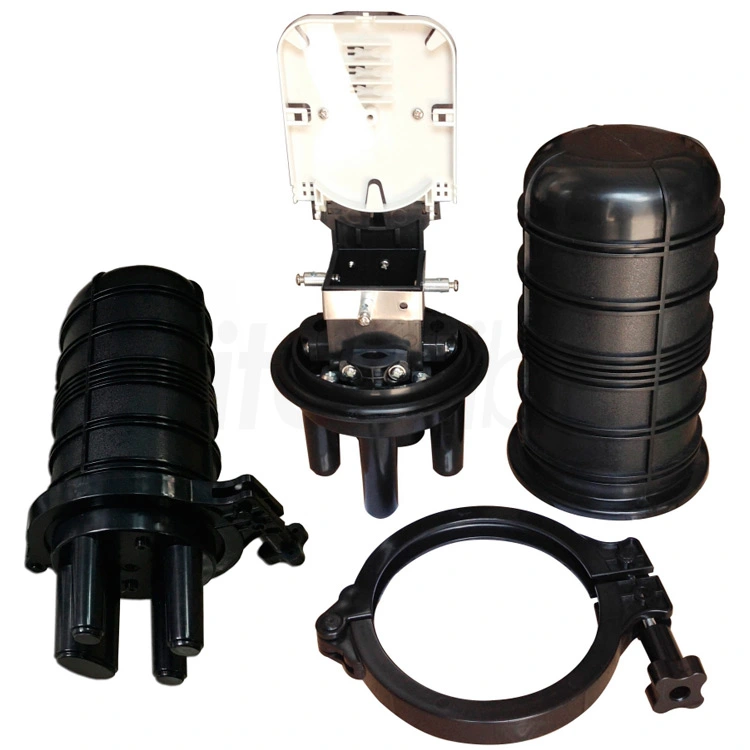
Both FBT couplers and PLC splitters are commonly used components in fiber optic communications. Their function is to distribute the input optical signals to different output ports, so as to realize the transmission of optical signals between different paths.
FBT coupler (Fused Biconical Taper Coupler) is a passive optical component based on optical fiber micro-processing technology. It can pass one or more input optical signals through the internal coupling mechanism and distribute them to multiple output ports without loss of optical power. The advantages of FBT couplers are simple structure, low cost, good durability, and can handle high-power optical signals, so they are widely used in optical fiber communication, optical fiber sensing, lasers and other fields.
PLC splitter (Planar Lightwave Circuit Splitter) is an active optical component based on silicon photonics technology. It can pass one or more input optical signals through the splitter inside the planar optical waveguide and distribute them to multiple output ports without loss of optical power. Compared with FBT couplers, PLC splitters have smaller size, higher splitting accuracy, lower insertion loss, and better stability and reliability, so fiber optic cable splitter is widely used in optical fiber communication networks.

Despite their differences, both FBT couplers and PLC splitters serve an important role in splitting optical signals in fiber optic networks. FBT couplers are best suited for low-cost and low-splitting ratio applications, while PLC splitters are better suited for high-performance applications requiring precise splitting ratios and a broad operating bandwidth.
Overall, FBT couplers and PLC splitters are both important components in modern fiber optic networks, and each has its own advantages and disadvantages that make them suitable for different applications.



